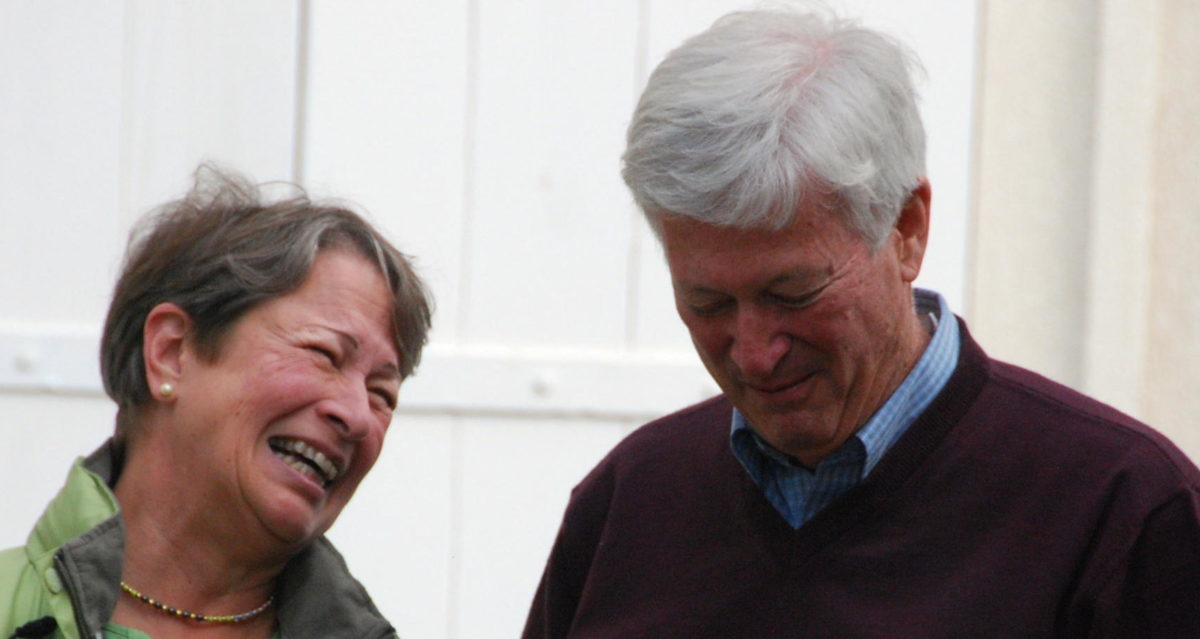Once we left the flat gray surrounds of Zaragoza, our drive to BILBAO
was quite scenic – through Rioja and two small mountain ranges. We are now in the Basque region of Spain, which has its own language that coexists with Spanish (as does Catalan in eastern Spain), and a definite regional cuisine. One of our favorite things was Pintxos (pin-chos),

small bites of food (ham, cheese, salad, croquettes, meats) on a slice of bread dressed with various sauces and held together by a toothpick. We found a collection of Pintxo Bars at the Mercato de la Ribera…sort of a Basque ‘food court’ that we liked so much we went for lunch twice!

One of Bilbao’s claims to fame is the Guggenheim Museum, designed by Frank Gehry (we seem to be on a Gehry trail…).

The building is spectacular from every angle

and, according to our guide, sparked a renaissance in Bilbao when it opened 20 years ago. Since then, there has be a surge of housing, infrastructure, green space, and novel architectural projects that contribute to making this a favorite of ours among cities in Spain.
We also used the 100-year-old Funicular to get to the top of the summit of Artxanda (pronounced: ar-chan-da)

for some awesome late afternoon views of the city.

We chose to spend two nights in GIJON (pronounced khi-hon, which sort of sounds to me like hee-haw…)

to break up the drive from Bilbao to Santiago de Compostela. The drive through mountains and valleys along the coast was lovely, and we’ve enjoyed exploring the town.
Gijon is the capital of the region of Asturia. One of the things for which this region is known is Sidra Natural (apple cider). The stuff is bone dry and delicious. But the real art is in the pouring. When you go into a Sidreria, your waiter pours you a shot from a bottle held high overhead.

As you drain your shot (about two ounces), he pours again. Our bottle cost only 2.50⍷ and, sadly, we couldn’t even finish it!
SANTIAGO DE COMPOSTELA is the terminus for pilgrims/hikers who traverse the Camino de Santiago (Way of St. James). One of the 12 apostles, St. James preached extensively here in Galicia. After he was martyred, his body was brought back here for burial. The grave was rediscovered in 820AD and pilgrims began to flock here, coming by multiple routes across Spain, France, Portugal and even England. Today, more than 250,000 pilgrims travel here annually and many describe it as a very meaningful journey. We learned more about the pilgrimage tradition around the world in the Museo das Peregrinacións e de Santiago,

and picked up a map of the routes at the International Pilgrimage Center for future reference…

The major sight here is, of course, the Cathedral. Sadly, the outside was covered in scaffolding, but it was still an impressive place. We arrived during the noon ‘Pilgrim’s Mass,’ which really brought the church to life. The centerpiece of the main altar is a gold statue of (you guessed it!) St. James…hard to get close enough for a great photo, but I did my best…

Pilgrims (including us) climb behind the altar and touch the back of the statue. This reverent act is supposed to bring blessings.
The town surrounding the cathedral is a warren of lively narrow streets, all reserved for pedestrians. 
Many of the sidewalks are arcaded since, apparently, it rains a lot here.

Our last day here was Thanksgiving. We celebrated by having lunch at Pedro Roca, a Michelin starred restaurant, where I had sweetbreads and Rick had lobster.


Not exactly turkey and stuffing, but we’ll have that another year…
Tomorrow we head for Portugal, our last country on this leg of the adventure.

Hi Kathy
The Camino (500 mile walk) we have friends that have walked this and our very good friend did it twice and is actually thinking about doing it again. Our daughter walked it this past April/May and actually did 625 miles…she is an athlete though.
I love reading and seeing the pictures……………..you seem very adept at this. Bob loves it too!!
You & Rick should give a talk with slides at Chautauqua this summer.
Hugs,
Pat & Bob
I’d settle for sweetbreads and lobster next Thanksgiving in a minute. Hopefully along with an American version of Pintxos as appetizers. Thanks for the tip. Who knew the legendary bartender “One Long Pour” of Chinese restaurant fame actually originated in Spain? Great shot (no pun intended). The Guggenheim and the altar (with the St James statue) in the Cathedral are spectacular and your photos are wonderful.
No wonder you guys were so impressed with Gijon. Great blog. Thanks